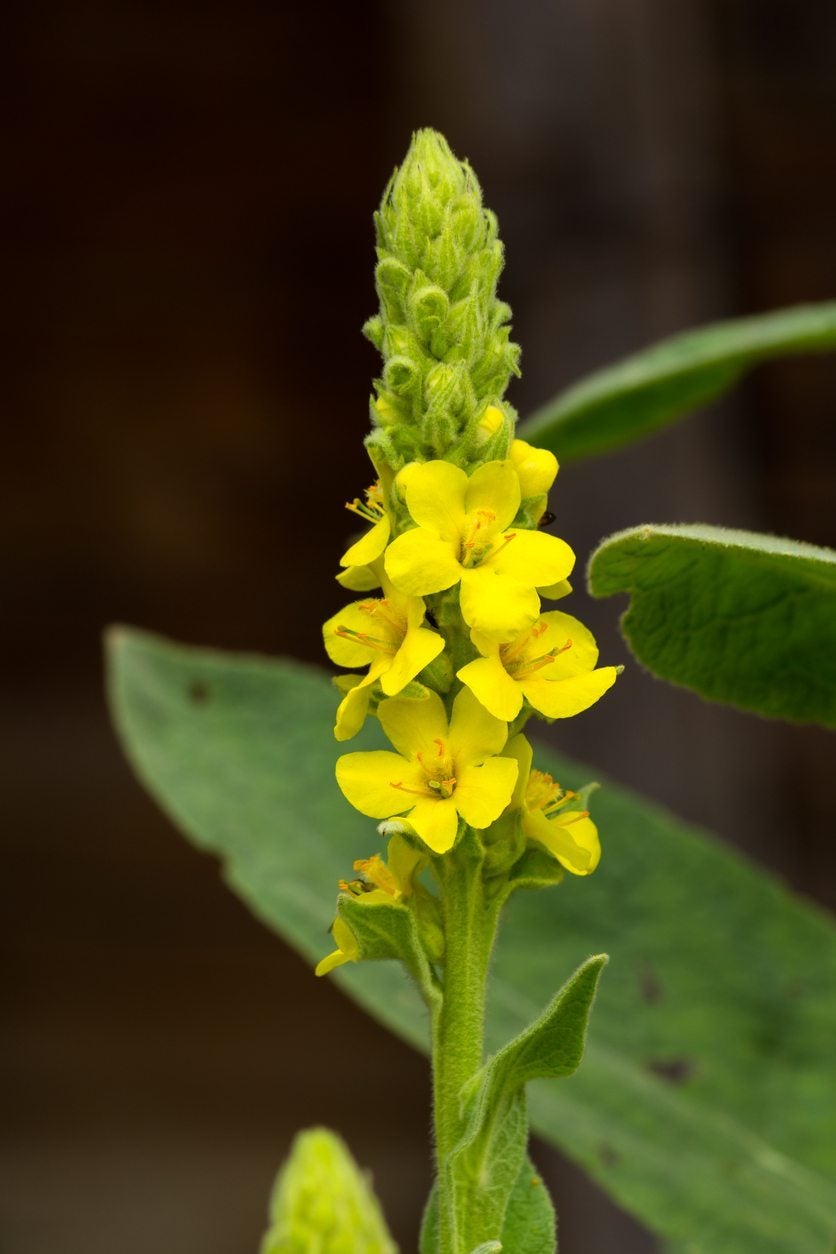Deadheading Mullein Plants – Should I Deadhead My Verbascum Flowers


Mullein is a plant with a complicated reputation. To some it is a weed, but to others it is an indispensable wildflower. For many gardeners it starts as the first, then transitions into the second. Even if you want to grow mullein, however, it’s a good idea to deadhead its tall flowering stalks before they form seeds. Keep reading to learn more about how to deadhead mullein flower stalks.
Verbascum Deadheading Guide
Should I deadhead my verbascum? The simple answer is yes. It’s always a good idea to deadhead mullein plants for a couple of important reasons. One of these reasons is spreading. There’s a reason these plants often turn up as weeds – they self-seed very well. While you may want some plants in your garden, chances are you don’t want to be overrun. Removing flower stalks before they get the chance to form seeds is a good way to keep the plants’ spread in check. Another good reason is to encourage flowering. To begin with, each rosette of mullein leaves puts up a single flower stalk that can sometimes reach 6 feet (2 m.) in height. If you remove this stalk before it forms seeds, the same rosette of leaves will put up several shorter flower stalks, making for a new, interesting look and lots more flowers.
How to Deadhead Mullein Flowers
Mullein plants are biennial, which means they don’t actually flower until their second year of growth. During the first year, the plant will grow an attractive rosette of leaves. In the second year, it will put up its telltale long stalk of flowers. These flowers don’t bloom all at once, rather opening up in succession from the bottom of the stalk and working their way up. The best time to deadhead is when about half of these flowers have opened. You will miss out on some blooms, it’s true, but in exchange you’ll get a whole new round of flower stalks. Plus, the one you remove will look great in a flower arrangement. Cut back the stalk close to the ground, leaving the rosette untouched. It should be replaced by several shorter stalks. If you want to prevent self-sowing, remove these secondary stalks after blooming as well, before they get a chance to go to seed.
Sign up for the Gardening Know How newsletter today and receive a free copy of our e-book "How to Grow Delicious Tomatoes".

The only child of a horticulturist and an English teacher, Liz Baessler was destined to become a gardening editor. She has been with Gardening Know how since 2015, and a Senior Editor since 2020. She holds a BA in English from Brandeis University and an MA in English from the University of Geneva, Switzerland. After years of gardening in containers and community garden plots, she finally has a backyard of her own, which she is systematically filling with vegetables and flowers.